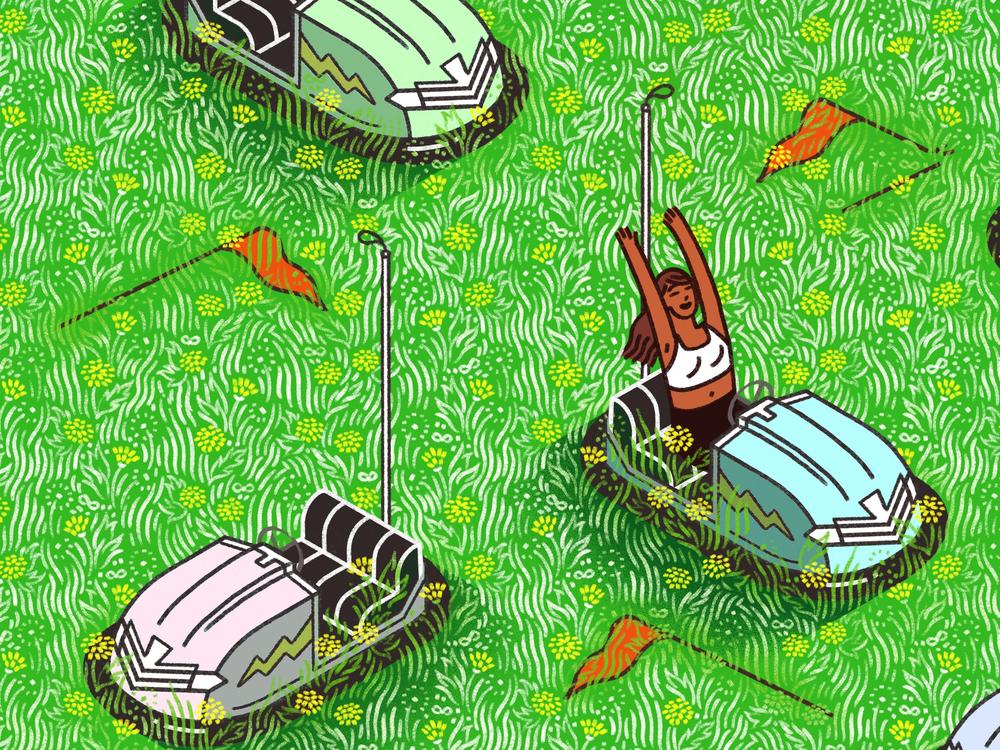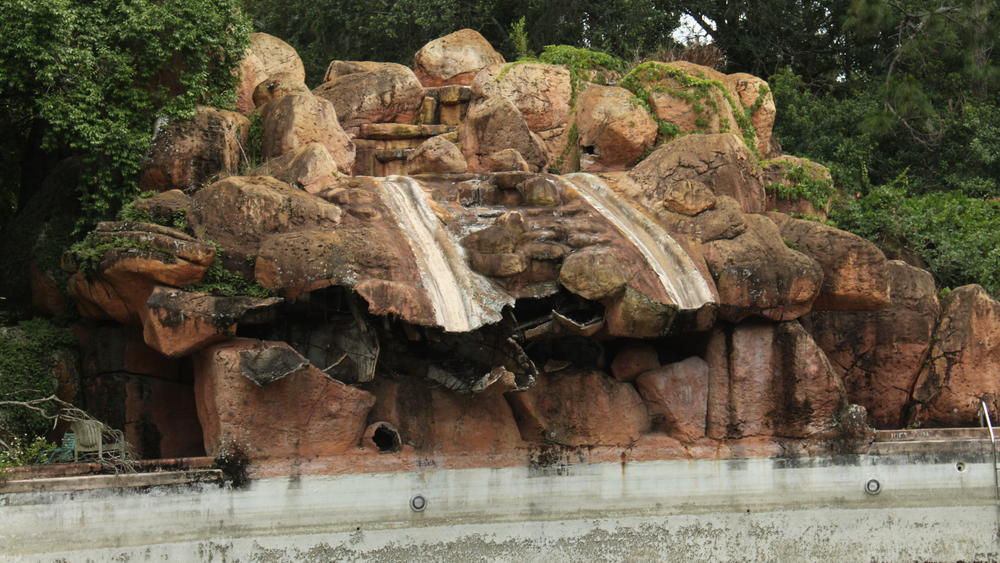Section Branding
Header Content
What we've lost — and what we've found — in abandoned theme parks
Primary Content
There's something romantic, a bit sad, and strangely enthralling about the failure of a theme park.
Growing up in Houston, the memory of the AstroWorld amusement park loomed like a ghost. The park officially shut its doors a day before my 10th birthday in 2005, and it was soon demolished to make way for a parking lot.
Something about the sight of abandoned and dilapidated theme parks was fascinating — and apparently I wasn't alone.
As it turns out, there's an entire community of people captivated with defunct, abandoned or retired theme parks and attractions around the world. This community is inextricably linked with the broader abandoned community — enthusiasts of deserted structures of all kinds, including closed malls, shuttered Blockbusters, and crumbling Gilded Age theaters.
My first encounter with this community was in 2014 when I discovered the YouTube channel Bright Sun Films, run by Ontario documentarian Jake Williams. Williams' content largely centers around abandoned or canceled businesses, concepts and, yes, theme parks. It was here that I first watched a video about Disney's infamous abandoned water park, River Country.
River Country opened at Disney World in the 1970s as the world's first fully themed water park. After closing in 2001, the park sat abandoned for years. Dried-up pools, slides to nowhere and themed attractions overtaken by the elements allured urban explorers.
Although Disney tried its best to keep people out, explorers and photographers found creative ways to break in, sharing photos that looked post-apocalyptic.
I was hooked.
I started watching other YouTube channels dedicated to amusement park failures, most notably, Defunctland. Defunctland, created and hosted by Kevin Perjurer, has videos covering all aspects of defunct amusement: former rides, hotels, parks, concepts and ticketing systems.
One of Perjurer's most recent videos, Disney's FastPass: A Complicated History, is more than 90 minutes long and is truthfully one of the most well-rounded and comprehensive investigations I've ever seen. In fact, I forced a friend to watch it with me a second time.
Other favorites from Defunctland include Perjurer's retelling of the rise and fall of the Nickelodeon hotel in Orlando, the history of SeaWorld's worst ride ever, and the demolition of Six Flags AstroWorld.
So what makes this content about abandoned structures so fascinating to so many people?
"For some, it can represent the conclusion of their childhood, but for me, I think it's the unprecedented and truly surreal sight of seeing something that had been enjoyed by so many people just decay away," said Williams of Bright Sun Films. "People will always have fond memories of these places, and the idea that in some tangible way they still exist — well, that's a really powerful and poignant concept I love exploring. Nostalgia, even for something we may have not even experienced ourselves, is one of the strongest emotions."
These post-mortems of old parks remind me of a version of modern archaeology. Some of these parks leave behind massive structures that we can point to as reminders of what once was. Others have all but disappeared. The pedestrian bridge I remember crossing each time I visited AstroWorld is one of the few original structures that remains.
I have vivid memories of crossing over the bridge that connected AstroWorld's parking lot, situated on one side of Houston's South Loop freeway, to the main attractions on the other side. I remember seeing the roller coasters and flags in the distance as my heart raced with anticipation.
There's something so fascinating about exploring the life and demise of theme parks — the familiar taste of nostalgia, the fact that everything has an end, the unforgiving churn of capitalism and the loss of beloved structures.
I can't say what draws me to these videos and discussions. I suspect that it's a way to properly say goodbye to something that so many people once loved, as Williams said; a way to honor the things that once brought crowds joy in the form of delighted screams and deep-fried treats.
Copyright 2022 NPR. To see more, visit https://www.npr.org.



